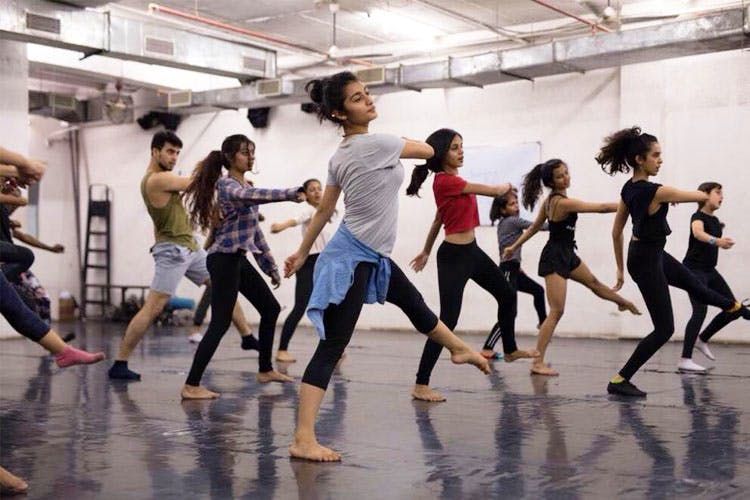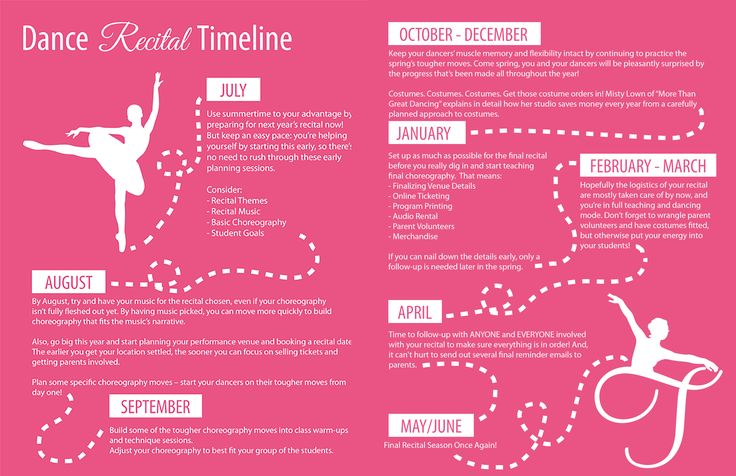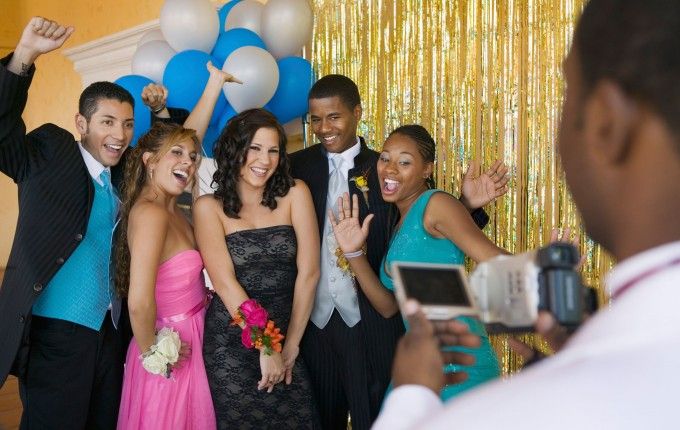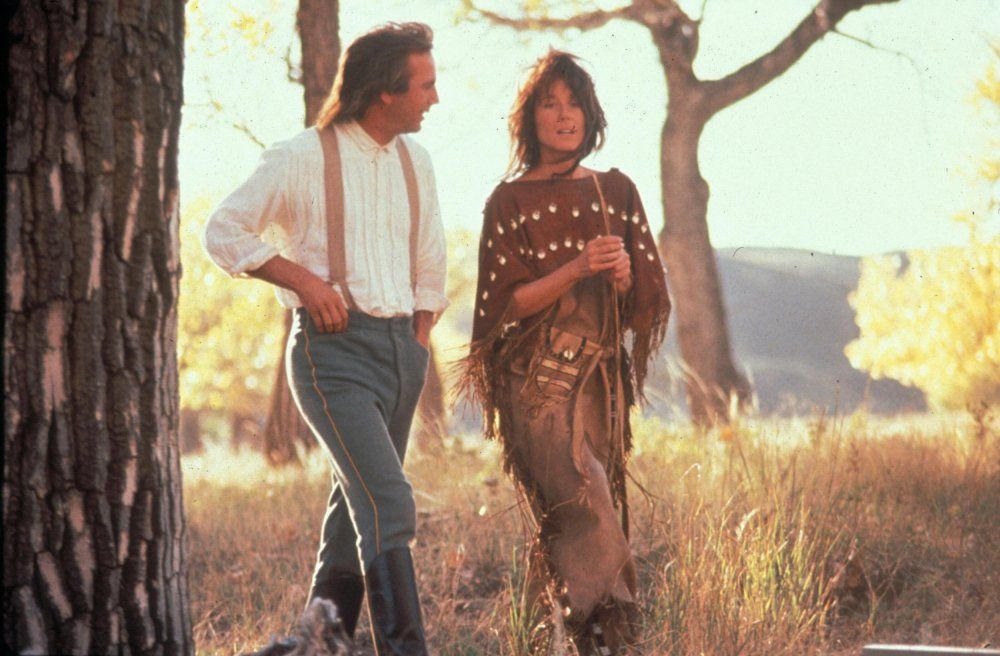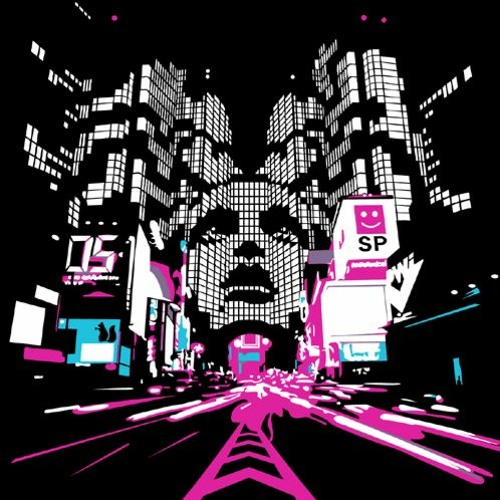How do you say dance in chinese
How to ask someone for a dance in Chinese
by likeabridge in General Q&A Tags: Chinese word for dancing, Chinese word for taking a rest, How to ask someone for a dance in Chinese, How to say have a meal in Chinese?, How to say I'm too busy in Chinese, How to say it's too cold in Chinese, How to say it's too hot in Chinese, Learn Chine word for tai-chi, Learn Chinese word for exercising, Sing Papa Loves Mambo in Chinese, What's the Chinese word for jogging?, 共舞
共舞 (gòng wǔ)
Dancing Together
(Dancing Cranes)
我还没吃饭; 没有力气.
Wǒ hái méi chīfàn; méiyǒu lìqi.
I haven’t eaten yet; don’t have the energy.
我刚吃完饭; 太饱了.
Wǒ gāng chī wán fàn; tài bǎo le.
I just had a meal; I’m too full.
天气太热了.
Tiānq tài rè le.
The weather is too hot.
外面太冷了.
Wàimian tài lěng le.
It’s too cold out there.
工作太忙了; 没时间运动.
Gōngzuò tài máng le; méi shíjiān yùndòng.
Too busy with work; no time for doing exercises.
We’ve heard them all. And it’s true that for many people, it isn’t easy to find the time for doing exercises. Nevertheless, it’s important that we get up and move around from time to time to strengthen our bones and muscles and give our blood circulation a boost.
运动 (yùndòng) as a noun means exercises, sports or movements. It can also be used as an action word. 身体 (shēntǐ) means one’s body or one’s health.
要多运动, 身体才会好.
Yào duō yùndòng, shēntǐ cái huì hǎo.
One must do plenty of exercises to have good health.
运动累了, 休息一下吧.
Yùndòng lèi le, xiūxī yīxià ba.
Tired from exercising. Let’s rest a bit.
Did you notice how 体 (tǐ body, form) and 休 (xiū stop, cease) differ only by a tiny horizontal stroke?
The simplest and arguably the most beneficial exercise is brisk walking. 行 (xíng) has a number of meanings. In terms of exercising, it means to go or to move along. 步 (bù) is a step. Therefore, 步行 (bùxíng) means to walk or to go on foot. 散步 (sànbù) is to take a walk or to go for a stroll.
进步 (jìnbù) means to make progress, while 退步 (tuìbù) means to regress.
跑 (pǎo) is to run or to run away. 跑步 (pǎobù) is to run or to march at double step. 慢跑 (màn pǎo) is to jog.
球类运动 (qiú lèi yùndòng) are sports involving a ball, such as basketball and volleyball. We’ve mentioned 游泳 (yóuyǒng swimming) before.
体操 (tǐcāo) are gymnastics.
太极拳 (tàijíquán tai-chi) and 瑜珈 (yú jiā yoga) are low-impact exercise systems.
Dancing counts as exercise, too. 跳舞 (tiàowǔ) is the verb “to dance”, while 舞蹈 (wǔdǎo) is the noun “dance” or “dancing”. 氧 (yǎng) is oxygen , and 有氧舞蹈 (yǒu yǎng wǔdǎo) is aerobic dancing.
我能请你跳这支舞吗?
Wǒ néng qǐng nǐ tiào zhè zhī wǔ ma?
May I ask you for this dance?
How about dancing to the music of “Papa Loves Mambo” and the fantastic voice of Nat King Cole?
In Chinese this song is called 爸爸爱跳曼波 (Bàba Ài Tiào Màn Bō) or 爸爸爱跳猛步 (Bàba Ài Tiào Měng Bù). 猛 (měng) means vigorous or energetic. To hear the Chinese version of this song, click here.
To see a copy of the Chinese lyrics, click on this link and scroll down until you find “爸爸爱跳猛步”.
Following are a few words you may need help on:
潇洒 (xiāosǎ) means carefree or “cool”, implying handsomeness.
她的男朋友很潇洒.
Tā de nánpēngyou hěn xiāosǎ.
Her boyfriend is quite cool.
开怀 (kāihuái) is to be happy or to enjoy to one’s heart’s content.
摇摇摆摆 (yáoyáobǎibǎi) is to swing and sway.
往往来来 (wǎng wǎng lái lái) means to come and go to and fro.
愉快 (yúkuài) is to be cheerful.
盯 (dīng) is to gaze at.
弯腰 (wānyāo) is to bend down at the waist or to stoop.
奏乐 (zòuyuè) is to play music.
See? You can have fun singing and dancing and also learn Chinese at the same time. This is like “killing two birds with one stone”. Do you know how to say this idiom in Chinese?
Like this:
Like Loading...
The Last Dance 2020 has Chinese subtitles thanks to this fan
Millions of viewers in China have Aiqi Sun, a University of North Carolina student, to thank for bringing the most watched ESPN documentary of all time to China. Sun, from Qingdao, China, had the incredible opportunity to help translate the latest documentary about Michael Jordan “The Last Dance” from English to Mandarin. The documentary — showing how Jordan came to be the basketball legend that he is — amassed an average of 5.6 million viewers across all 10 short episodes.
Sun, from Qingdao, China, had the incredible opportunity to help translate the latest documentary about Michael Jordan “The Last Dance” from English to Mandarin. The documentary — showing how Jordan came to be the basketball legend that he is — amassed an average of 5.6 million viewers across all 10 short episodes.
How did the University of North Carolina student get this once-in-a-lifetime opportunity? It all started when Sun won an award in high school for his translating skills, and has previously provided Mandarin subtitles for another television series for Tencent — the Chinese rightsholder of “The Last Dance”. When he heard that Tencent had a huge project coming in April, he jumped at the opportunity and signed up for it.
“I like sports, and I enjoy playing and watching them — in particular basketball, badminton, pool, and so on. I also enjoy reading, especially on topics regarding social sciences. The reason I chose to study abroad is because I like to experience different cultures and to pursue my academic goals,” the 19-year-old tells us.
Aiqi Sun in a Halloween costume. Source: Aiqi Sun
Below we dive into more depth about the process of translating “The Last Dance” and his experience as an international student in the US:
Can you give us more details about translating Michael Jordan’s most recent documentary ‘The Last Dance’?
I translated the first episode and half of the eighth episode of “The Last Dance”. Each episode took me hours. It was challenging because we had only 48 hours to turn it in keeping in mind I had to prepare for my finals and school work too.
I worked with a team of translators, each assigned to different episodes. After translating, we always had to double check. The job was slightly easier for me because Michael Jordan also attended the University of North Carolina, so I knew all the names and locations on campus mentioned in the film.
Besides not having enough time, the biggest challenge was the fact that there was no film — we were only given the script. I had to imagine what was going on: What position was Michael Jordan exactly on the court? In which direction did he pass the ball? I had to resort to Googling the videos of those games so I could translate more accurately.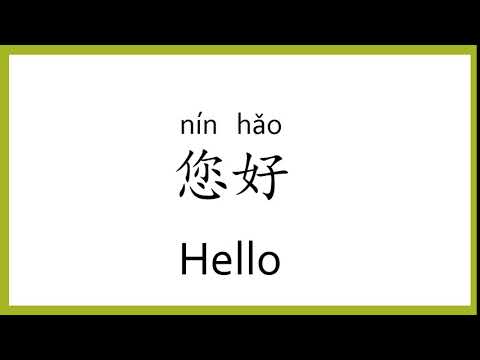 In addition, translating slangs and profanity was also quite troublesome!
In addition, translating slangs and profanity was also quite troublesome!
Can you walk us through the application process to study at the University of North Carolina?
Back in my hometown in China, I went to a highschool with a British curriculum in my hometown where we studied the IGCSE and the international A levels. Several of my schoolmates went on to study in the UK, but I was more interested in the diverse culture and academic setting in the US.
I took the SAT, TOEFL, and APs and applied to the University of North Carolina through Common Application in the Early Action round. I was also accepted to the Honours Carolina programme, and the Excel@Carolina programme which just further persuaded me to commit to that university.
What do you like most about studying at the University of North Carolina?
I really like the fact that my classmates are always very interactive and we have had many interesting and valuable discussions. People aren’t afraid to share their ideas and I’ve learnt a lot from them.
Aiqi Sun, pictured second from the right with his football teammates at the University of North Carolina. Source: Aiqi Sun
Tell us about your most memorable time at the University of North Carolina in the US. What do you like most about it and why?
Because of visa issues, I arrived late to university and my first class in college was the compulsory first-year writing. As a foreigner I didn’t understand the discussion and I wanted to drop out several times.
However, my lecturer was patient, helpful, and guided me through all the previous courses I missed. This meant a lot to me because I kept worrying about not being able to study and live in a foreign environment, I’m very grateful to that teacher.
A more relaxing story would be that there was a huge snow day once and the football stadium was covered in thick snow. I’ve not seen snow like that back in my hometown, so I was extremely excited. School was suspended, and my friends and I had a really good time.
What activities do you enjoy doing most in the US?
Aiqi Sun recalls a day where it snowed so heavily that school was suspended. Source: Aiqi Sun
I often go to basketball and football games. However, the basketball team at the University of North Carolina never wins when I go watch (I hope I’m not the bad luck charm!). I love food, so I often dine out on the weekend around Chapel Hill to try different cuisines. Lastly, I love hanging out and chatting with the friends that I’ve made.
What do you miss most from home?
I miss my friends, my family, my dog, the food, and the fact that I can drink alcohol in China at my age. I still keep contact with many friends and am trying to make more in the US. I also regularly Facetime or call my parents.
I lived with the family of my father’s old classmate who took care of me after the spring semester, so that felt a bit like home. As for food, I’ve tried quite a few Asian restaurants in the Triangle area and I’ve tried cooking myself, but it’s been pretty disastrous!
What are your top recommendations for others planning to study in the US?
I’d say it’s important to learn English well if you are not a native speaker.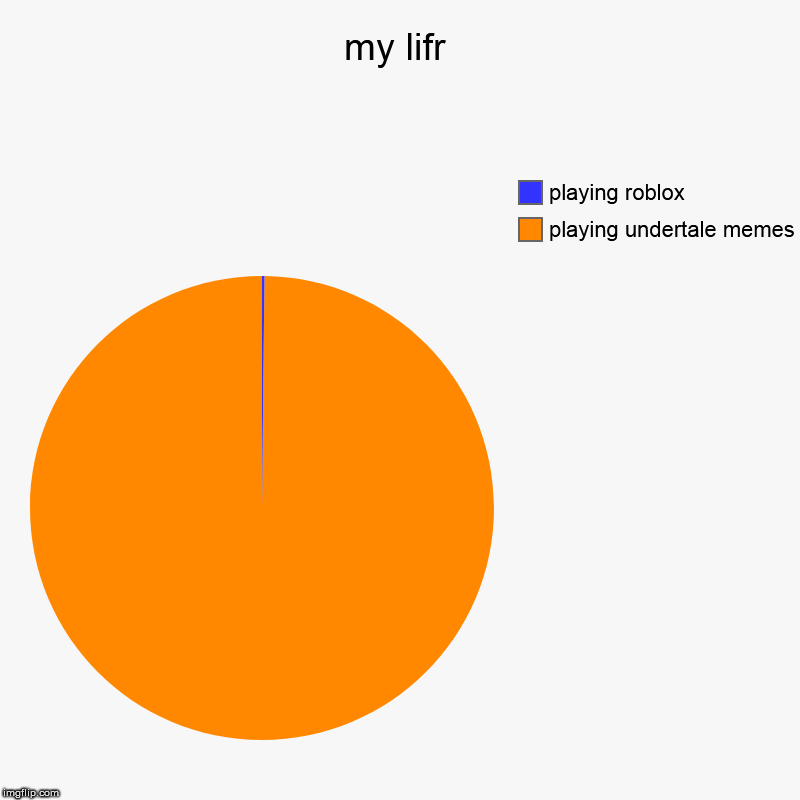 There’s definitely going to be a cultural shock, so the best thing is to be open to new experiences and be ready to express who you are.
There’s definitely going to be a cultural shock, so the best thing is to be open to new experiences and be ready to express who you are.
Franklin Street is the centre of social life for students at the University of North Carolina. Source: Aiqi Sun
What plans do you have for the future? Would you consider a career in translation perhaps?
I don’t have a solid plan for now. I might pursue a PhD in Economics and work in an academic institution after my studies at the University of North Carolina. I’m still doing translation as a part-time job, but am aware that I need a lot more training to be more professionally involved.
Chinese Dance: The Philosophy of Silk and Bamboo
Soaring dancers, expressive hand movements, ancient legends, magic on the stage - these are the images that come to mind when we talk about traditional Chinese dance. However, behind the seeming ease lies grueling daily training for many years: the training of dancers begins at an early age and involves the study of martial arts, acrobatics, theatrical art, the choreography of traditional stage dances, as well as numerous national dances of China - such is the price for comprehending the ancient traditions of Chinese dance .
So what are these traditions, and how does this art change in the era of the confluence of the cultures of the modern world?
What is Chinese traditional dance?
Chinese folk dance and stage dance - it is these two broad categories that Chinese traditional dance can be divided into. Stage dances were performed in the Emperor's Palace and embodied the images of poetry, art and sculpture of that time. That is why Chinese dances are so refined and rich, just like any traditional Chinese art form.
The most obvious difference between Chinese and Western dance styles is in the dance form. Traditionally, both in Chinese stage and national Chinese dances, the movements go in a spiral and a circle, because in Chinese culture the circle symbolizes harmony. European dances, such as ballet and modern dance, tend more towards linear movement and elongated forms.
In addition, Chinese dance differs from classical Western dance in its specific emphasis on hand movements and finger positions, as well as eye-hand coordination.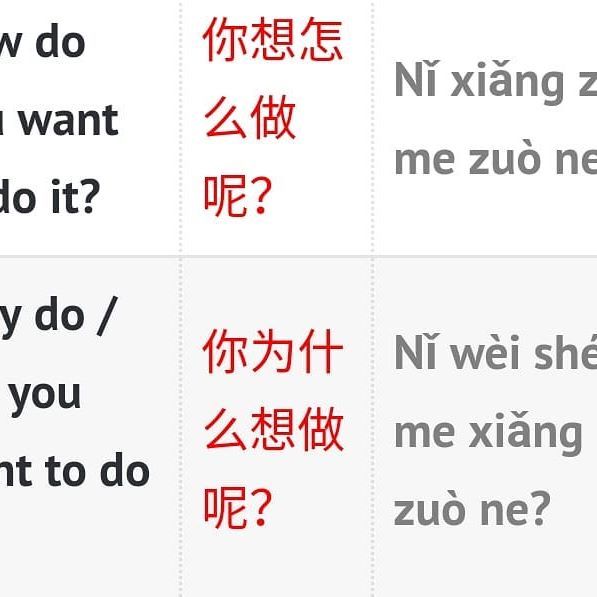
Chinese dance should also contain three elements of Chinese philosophy that are mysterious to Westerners: jing (concentration), qi (energy flow) and shen (spirit). These aesthetic concepts came to the dance from the three main religions of China - Taoism, Confucianism and Buddhism, which form the cultural basis of Chinese civilization.
From rags to riches
Worship of deities, fear and anger, joy and happiness of ancient people - all this can still be seen in Chinese dances, the history of which is more than five thousand years old. In their first dances, people described the path of the stars and embodied the idea of the structure of Heaven and the Celestial Empire.
In ancient China, the peasants preferred to dance group dances. But later some of them made dance their trade and began to dance for others. According to Confucian canons, women were not allowed to dance, so the role of women was played by men.
Starting from the Zhou Dynasty (1122 BC - 249 BC), schools of music and dance were organized at the emperor's palace, where musicians and dancers were trained.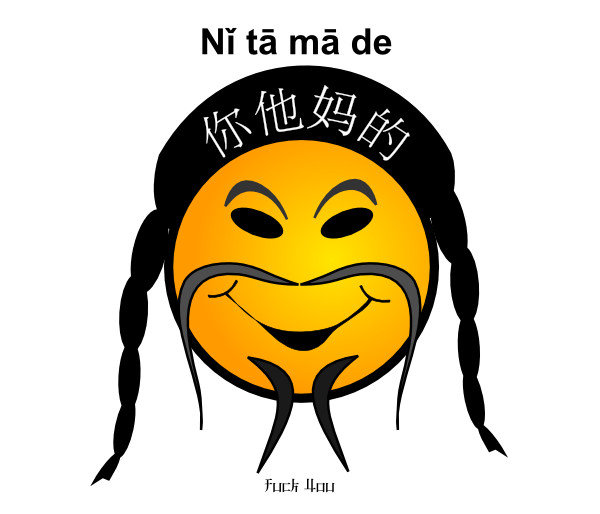 In addition, the schools researched and developed folk, religious dances and dances of other peoples. The dancers belonged to the lowest social class, their main duty was to give performances for the emperor and nobles.
In addition, the schools researched and developed folk, religious dances and dances of other peoples. The dancers belonged to the lowest social class, their main duty was to give performances for the emperor and nobles.
The imperial palace of the Han Dynasty (206 BC - 220 AD) began to organize the storage of documents. Thanks to this, the art of dance and art in China has been further developed.
“Sons of the Pear Orchard”
Traditional Chinese dance reached its peak during the Tang Dynasty (618-907 AD). During this three-hundred-year period, the most important cultural events took place - two institutions were founded: the Imperial Academy and the Pear Orchard Academy - after the name of the imperial garden inside the palace. The latter was founded by Emperor Li Longji (712-756 AD). Thus, the first professional dance troupe appeared in China. Her dancers were called "sons of the pear orchard".
Indian and Iranian dances came to China along the famous Silk Road, which greatly influenced the development of Chinese dance. In addition to the Hindus, Persians and other trading peoples, Buddhist monks began to travel to China. So Buddhism appeared in China, which had a huge impact on Chinese culture. Numerous frescoes of that period depicted the Flying Apsaras - demigoddesses, spirits of the clouds in the form of beautiful women. The unique postures of the deities depicted in these murals have had a great influence on Chinese classical dance, bringing to the stage an imitation of “soaring flight”, which is so admired by audiences around the world.
Zeng Hao, "Soaring Apsaras" "Dancing Emperor" Li Shimin (627 - 649 AD) from the Tang Dynasty became the first Chinese choreographer a thousand years before the advent of Louis the Fourteenth, who founded the Paris Opera and the Royal Academy of Dance in the seventeenth century in France. Another great musician and director was Emperor Li Longji. He created the famous choreographic production "Song of Eternal Sorrow". The plot of this dance can now be found in the fantastic ballet Giselle.
He created the famous choreographic production "Song of Eternal Sorrow". The plot of this dance can now be found in the fantastic ballet Giselle.
In the "Song of Eternal Sorrow" the dancers move on the stage as if in a magical world. The choreographer combined the idea of dance with a high dance technique that came from Indian dance on the one hand and classical Chinese imperial palace dance on the other. Even today it is hard to believe that the famous “soaring flight” on stage is not a dream. The inspiration for the creation of many dance compositions at that time was the emperor's concubine Yang Guifei, known as the most beautiful girl in the Middle Kingdom. She herself danced the Song of Eternal Sorrow. Today, this dance is considered one of the important achievements of Chinese dance culture.
Silk, bamboo…
Traditional Chinese dances usually have very poetic names. For example, like the famous Dunhuang Silk Dance. Several dancers to the gentle melody "Dance of Flowing Silk" depict on stage a scene depicted on a fresco from the Wei Dynasty (220 - 266 AD). Dunhuang is an oasis and a city in the Chinese province of Gansu, which in ancient times served as a gateway to China on the Great Silk Road.
Dunhuang is an oasis and a city in the Chinese province of Gansu, which in ancient times served as a gateway to China on the Great Silk Road.
“Plum blossom in the snow” is another famous Chinese poetic image. In China, a plum tree in the snow symbolizes resilience in the face of life's adversities. Chinese dancer Wei No in the eighties embodied this image on stage in a beautiful production with a white and pink fluttering fan. It was one of the first Chinese dances to be introduced to the international stage.
Bamboo in Chinese tradition is considered a symbol of good luck, endurance and longevity. Of course, in China there is also a bamboo dance. To the pleasant melody of a bamboo flute with a clear rhythm, a dancer in an original light green costume gracefully depicts how bamboo grows, sways in the wind ...
The heroic events of the past are recreated on the stage by the dance "The Brave Detachment of Emperor Qin". This traditional Chinese dance allows you to understand the heroic nature of the Chinese warriors of Emperor Qin, who seemed to come to life and returned to the fields of bloody, fierce battles to the powerful rhythm of drum music.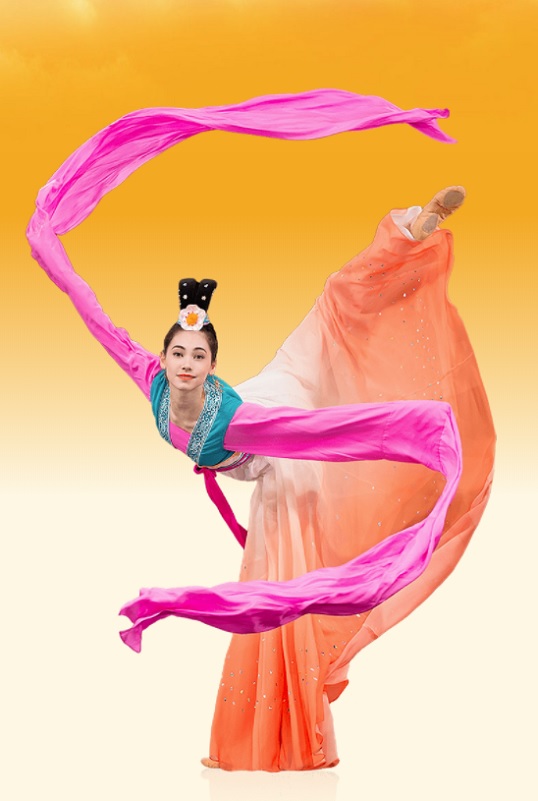
The prototype of the Flying Apsaras, deities of the Buddhist pantheon, is embodied on the stage in a dance number with the beautiful name "Soaring Goddesses". Complex acrobatic stunts along with the use of flowing golden ribbons create the feeling of the famous Chinese "soaring flight".
Visiting card of China
“I wish your child to become a Big Dragon” – this is literally the wish of parents in Chinese that their “child has a good future”. Chinese women try to get pregnant and give birth to a child this year - it is believed that children born in the year of the Dragon will be lucky in life. In Chinese culture, the dragon is a talisman of peace and good luck, one of the most recognizable symbols of China, so it is not surprising that the dragon dance is the most beloved Chinese folk dance that the inhabitants of the Celestial Empire perform on all national holidays.
During the millennia of Chinese civilization, this dance has taken on many forms. And now there are more than one hundred kinds of Dragon Dance. This dance can be performed by one or two people, or maybe a hundred people. At the performance, dozens of strong men hold heavy supports, run and jump, depicting the flight of the Dragon through the Sky. The dragon assumes various poses, for example, “beats with its tail”, “rolls on the ground”, “crawls along a pole”. Usually this mythical animal is made of multi-colored silk, it can reach ten meters in length. Under the deafening crackle of crackers and fireworks, the Dragon "flies" near the happy crowd, which beats the drums and hits the gongs. This dance makes a huge impression on the audience. It inspires both dancers and spectators, awakening in them a sense of community, familiarization with ancient Chinese traditions and a sense of patriotism.
And now there are more than one hundred kinds of Dragon Dance. This dance can be performed by one or two people, or maybe a hundred people. At the performance, dozens of strong men hold heavy supports, run and jump, depicting the flight of the Dragon through the Sky. The dragon assumes various poses, for example, “beats with its tail”, “rolls on the ground”, “crawls along a pole”. Usually this mythical animal is made of multi-colored silk, it can reach ten meters in length. Under the deafening crackle of crackers and fireworks, the Dragon "flies" near the happy crowd, which beats the drums and hits the gongs. This dance makes a huge impression on the audience. It inspires both dancers and spectators, awakening in them a sense of community, familiarization with ancient Chinese traditions and a sense of patriotism.
The Dragon Dance is considered the national dance of the Han, an ethnic group that makes up about ninety-two percent of China's population. The famous Lion Dance, which is performed during the Chinese New Year according to the lunar calendar, the main traditional holiday of China, also belongs to the national Han dances.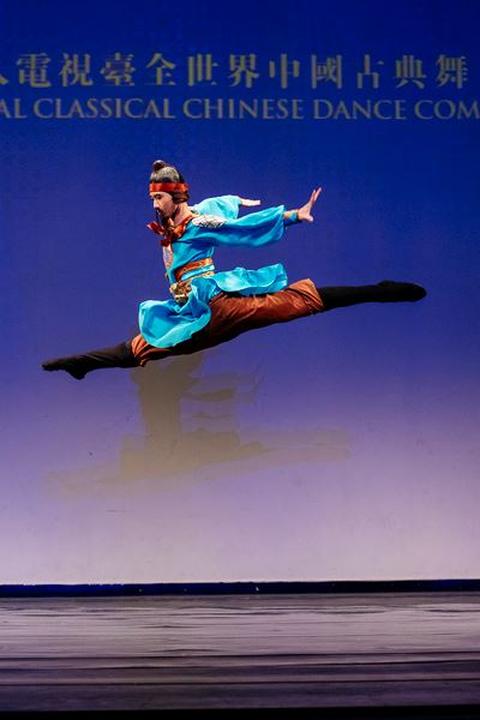
The Han believe that the Lion brings happiness and prosperity to the house and drives out evil spirits on New Year's Eve, so they take part in the performance of the Lion Dance with pleasure. This dance is usually performed by two - the front dancer holds the head of the beast in his hands, his legs represent the front paws of a lion. Another dancer depicts the torso and hind legs of a lion. The torso of the “lion” is covered with a golden fabric with a hanging, imitating the hair of a royal animal. Both dancers must work very well in order to successfully portray the movements of the beast. Sometimes the lion dance includes a playful and cute lion cub performed by one dancer.
A warrior takes part in the Lion Dance, holding a colorful ball and teasing the “lion” with it. He jumps, bends and, as it were, “plays with the ball”. The whole dance takes place under the thunder of gongs and other percussion instruments, creating a cheerful festive mood. The Lion Dance has become a gem of Chinese folk dance. After the founding of the People's Republic of China, many dance troupes in China have included this dance in their professional repertoire.
After the founding of the People's Republic of China, many dance troupes in China have included this dance in their professional repertoire.
Modern Chinese dance
When Chinese traditional dance is given the meaning of "modern", it does not mean that it has abandoned its roots. Chinese modern dance is still fundamentally different from modern Western dance. In the twentieth century, Chinese classical dance took on a slightly different form, reaching a new stage in its development.
In the late 1950s and early 1960s, the "Dance Arts Studio" was founded in China, where a system of dance techniques for modern Chinese dance was developed. During this period, many original choreographic performances based on the realities of modern life were staged, some of them glorified the Chinese Communist Party, for example, the Red Silk Dance, which acquired a patriotic color.
In 1954, the famous Beijing Dance Academy was founded, whose dance performances brought Chinese dance to the world stage. For example, the dance "Chuanyin" in 1990 received the main prize at the French international competition in Paris.
For example, the dance "Chuanyin" in 1990 received the main prize at the French international competition in Paris.
The famous Chinese dancer Yang Liping, who is a symbol of the Chinese dance scene of the twentieth century, made a significant contribution to the modern dance art of China. She was born in Yunnan, one of the southern provinces of China. Yang Liping became the choreographer of the musical dance drama "Princess Peacock" and performed the lead role in it. For this production at 19In 79, she received the main award of Yunnan Province. In 1986, Yang created the Soul of the Peacock dance, which brought her worldwide fame, and subsequently directed the film Sun Bird, which won the top prize at the 1994 Montreal Film Festival in Canada. Yang Liping explored the dances of different regions of China, and "Reflection of Yunnan" became a new type of Chinese dance art.
Yang LipingStep into the Millennium
With the advent of the new millennium, under the influence of cultural globalization, significant changes are taking place in Chinese dance. Some Chinese even began to question whether the classical standards of traditional Chinese dance should be maintained at all. Young choreographers often began to neglect their cultural heritage - the expressive language of gestures, facial expressions, characteristic of classical Chinese dance, the cyclical nature of its traditional form began to be lost. The interest of foreign tourists in Chinese dance is very high, because of which it began to adapt to the tastes of visitors, and this began to negatively affect the original roots of the dance. Many young people in China are becoming less and less interested in their national dances, preferring ballet or hip-hop instead. But at the same time, Chinese dance also has new opportunities for development.
Some Chinese even began to question whether the classical standards of traditional Chinese dance should be maintained at all. Young choreographers often began to neglect their cultural heritage - the expressive language of gestures, facial expressions, characteristic of classical Chinese dance, the cyclical nature of its traditional form began to be lost. The interest of foreign tourists in Chinese dance is very high, because of which it began to adapt to the tastes of visitors, and this began to negatively affect the original roots of the dance. Many young people in China are becoming less and less interested in their national dances, preferring ballet or hip-hop instead. But at the same time, Chinese dance also has new opportunities for development.
“Chinese traditional dance, like any art form, needs inspiration, influence from outside, so that it does not get mothballed and suffocated,” says Li Yushan, President of the Chinese Dance Association. “Recently, Chinese traditional dances have been significantly transformed under the influence of Arabic, Indian, and even Russian dances. To some extent, Chinese dance is gradually merging with ballet. However, the whole thing can be classified as a modern Chinese dance because it stays true to the Chinese tradition and spirit."
To some extent, Chinese dance is gradually merging with ballet. However, the whole thing can be classified as a modern Chinese dance because it stays true to the Chinese tradition and spirit."
Beijing Dance Academy researchers actively travel to remote corners of China in order to preserve their dance heritage. For the most successful students of the Academy, the doors to the big stage or cinema will open. Choreographers of major television shows, using the latest achievements in dance technology, are trying to preserve in the dance the traditions inherited from the Chinese classical dance of the imperial palace.
And this is exactly the magic that viewers around the world admire so much!
___________________________
© apsara-journal.ru
Dance shop - Shop
Dancing is an integral part of the culture of any nation. Throughout the history of China, not only original, but also foreign dances have influenced the building of relations in society, helping people to express themselves and create something beautiful. The authors of the Magazheta are keenly interested in this part of Chinese life both in the historical aspect and today.
The authors of the Magazheta are keenly interested in this part of Chinese life both in the historical aspect and today.
People Miao (苗) is known in China primarily for its ancient culture, as well as the fact that it was they who once created the kingdom of Chu. In some dialects, miao can have up to 12 tones. They are famous for many things: skillful embroideries, folk songs, ancient customs. But not a single village, not a single holiday and not a single man can do without a musical instrument called lusheng (芦笙). This musical instrument resembles a bagpipe in its structure. And the listeners, of course, perform folk dances, which the author xiaohe wrote about in his material “Dancing Miao”.
The author of Silk talks about the Chinese dance with African roots in his article. Behind the splendor of the national dances of the Han people - the Dragon and the Lion - not everyone can discern the ancient meaning of the dances of the numerous small peoples inhabiting China.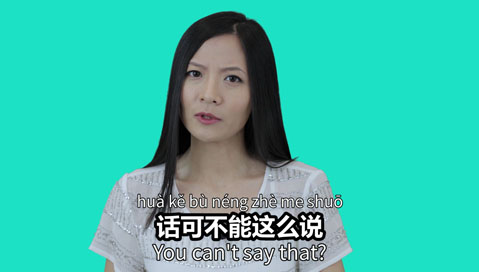 One of these ritual actions is an unusual dance of the people Zhuang , in which the "cats" go into a trance, wriggle and scream, which cannot but evoke associations with Africa and its cradle of culture - Egypt. However, if we try to trace the roots of this tradition even deeper, we will find an amazing coincidence of this image in all corners of the planet.
One of these ritual actions is an unusual dance of the people Zhuang , in which the "cats" go into a trance, wriggle and scream, which cannot but evoke associations with Africa and its cradle of culture - Egypt. However, if we try to trace the roots of this tradition even deeper, we will find an amazing coincidence of this image in all corners of the planet.
On the eve of the 1960 New Year's Eve, the first experimental ballet company opened in Beijing. It was created on the basis of a professional ballet institute founded five years earlier, not without the efforts of our compatriot Pyotr Andreyevich Gusev (彼·安·古雪夫). The upbringing of the first generation of Chinese dancers was taken over by Soviet specialists, and soon the Beijing public was able to see “Swan Lake” with Bai Shuxiang (白淑湘) as Odette/Odile. Anna Potapova says that Gusev chose this performance not by chance: it is not only a classical production, but also a great way to work out the technique, to understand the peculiarities of the Russian ballet school.
Russian emigration is usually surrounded by an aura of tragic romanticism. But every story has its dark side. Finding themselves in a new, alien environment, the Russian refugees met neither compassion nor understanding. As long as their troubles retained the stamp of novelty, they aroused local curiosity - nothing more. Read the material “White Countess” about Russian dancers and prostitutes in China at the beginning of the 20th century by the author Shelk.
Silk in a whole series of his articles raises the question “Why do Chinese men dance belly dance?”. An example is Zhang Sheng, a thirty-eight-year-old department manager in Beijing who attends a belly dance class every Saturday. In his opinion, the constant banquets and lack of movement “thanked” him with a beer belly, so dancing not only helps him lose weight, but also relieves stress from the work week.
Shelk's story about the star of Chinese belly dance continues the theme of belly dance in China. Guo Wei is one of the brightest figures in Chinese belly dance, he is a famous dancer, a real star of Chinese belly dance, who teaches this art.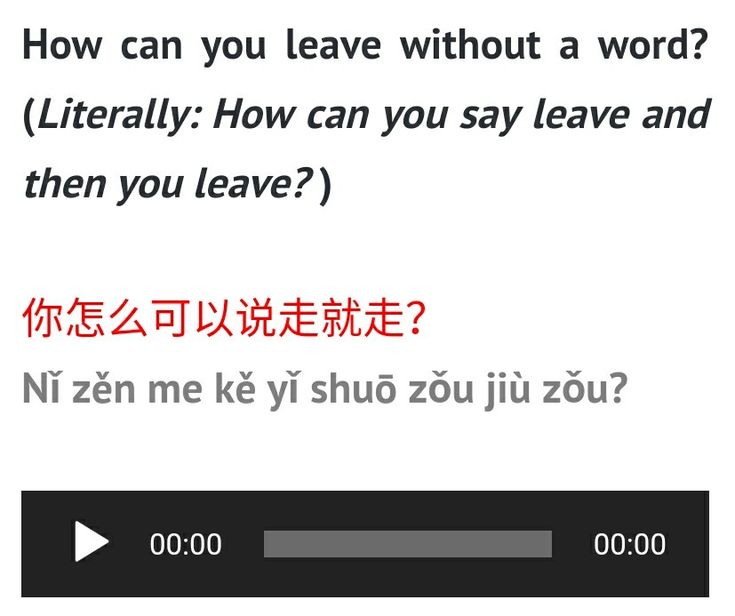
While foreigners are fascinated by tea ceremonies, studying traditional martial arts and trying to learn the ideas of ancient Chinese philosophers, modern Chinese also cannot resist the charms of globalization and share the passions of their contemporaries in other parts of the globe. Some are fascinated by the elegance of ballroom dancing, others have a heart beating to the rhythm of African drums, and someone submits to the vintage aesthetics of the Lindy Hop, as Zhanna Khromykh writes about.
Alexander Maltsev told Magazeta readers about another outlandish foreign dance that is becoming more and more popular in China. Before talking about capoeira in China, one must have a good understanding of the local context, Chinese culture and mentality. There is capoeira in China. There is still very little of it, it is not so well known in wide circles, it is not considered something “cool” and popular among the local youth, there are no monthly seminars of Brazilian mestres and there is not even an “Abadá Capoeira” school.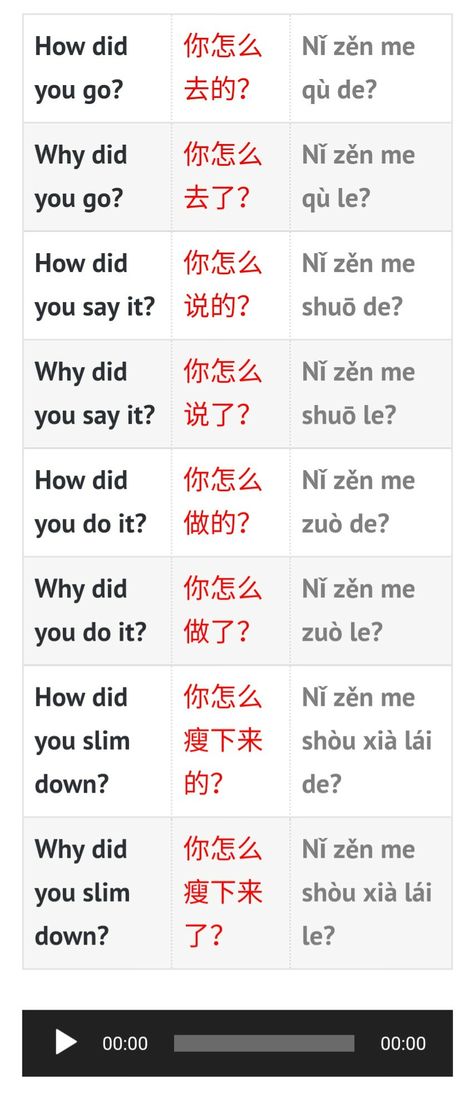
Every age has its advantages, but in Chinese culture it is especially felt that the best time is after sixty: when the children have grown up, the duty to society has been fulfilled, and health still allows one to lead an active lifestyle. Chinese pensioners really know how to live and enjoy life. In order to find out the secrets of a happy old age, the editors of the Magazheta spent several weekends in the company of Hangzhou pensioners and prepared a short video about the life of 60+. There were no dances.
Photo of Ah-Lan Dance used for title illustration.
Posted on
Under Culture and Traditions Chinese culture, Chinese music, Chinese ballet, dance and dancers are noted villages in the southern provinces, get a PhD.

